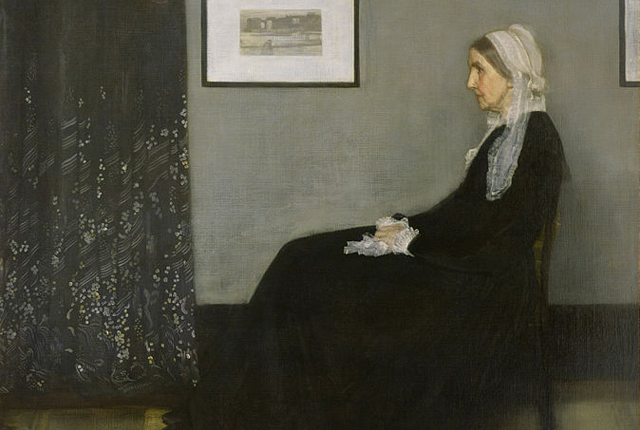Lesson of the day: How much do you know about these art pieces?
Mona Lisa:

Mona Lisa is a painting by the Italian Renaissance artist Leonardo Da Vinci, which has been described as “the best known, the most visited, the most written about, the most sung about, the most parodied work of art in the world”.
The painting is a portrait of Lisa Gherardini, the wife of Francesco del Giocondo, and is in oil on a white Lombardy poplar panel, and is believed to have been painted between 1503 and 1506. Leonardo may have continued working on it as late as 1517. It was acquired by King Francis I of France and is now the property of the French Republic, on permanent display at the Louvre Museum in Paris since 1797.
The subject’s expression, which is frequently described as enigmatic, the monumentality of the composition, the subtle modelling of forms, and the atmospheric illusionism were novel qualities that have contributed to the continuing fascination and study of the work.
The Scream:

The Scream is the popular name given to each of four versions of a composition, created as both paintings and pastels, by the Expressionist artist Edvard Munch between 1893 and 1910. The German title Munch gave these works is Der Schrei der Natur (The Scream of Nature). The works show a figure with an agonized expression against a landscape with a tumultuous orange sky. Arthur Lubow has described The Scream as “an icon of modern art, a Mona Lisa for our time.”
Edvard Munch created the four versions in various media. The National Gallery, Oslo, holds one of two painted versions (1893, shown here). The Munch Museum holds the other painted version (1910, see gallery, below) and a pastel version from 1893. These three versions have not traveled for years.
The fourth version (pastel, 1895) was sold for $119,922,600 at Sotheby’s Impressionist and Modern Art auction on 2 May 2012 to financier Leon Black, the fourth highest nominal price paid for a painting at auction.[5] The painting was on display in the Museum of Modern Art in New York from October 2012 to April 2013.
Also in 1895, Munch created a lithograph stone of the image. Of the lithograph prints produced by Munch, several examples survive.[6] Only approximately four dozen prints were made before the original stone was resurfaced by the printer in Munch’s absence.
The Scream has been the target of several high-profile art thefts. In 1994, the version in the National Gallery was stolen. It was recovered several months later. In 2004, both The Scream and Madonna were stolen from the Munch Museum, and were both recovered two years later.
The Creation of Adam:

The Creation of Adam is a fresco painting by Michelangelo, which forms part of the Sistine Chapel’s ceiling, painted c. 1508–1512. It illustrates the Biblical creation narrative from the Book of Genesis in which God breathes life into Adam, the first man. The fresco is part of a complex iconographic scheme and is chronologically the fourth in the series of panels depicting episodes from Genesis.
The image of the near-touching hands of God and Adam has become iconic of humanity. The painting has been reproduced in countless imitations and parodies. Leonardo da Vinci’s The Last Supper and Michelangelo’s Creation of Adam are the most replicated religious paintings of all time.
Whistler’s Mother:

The Whistler’s Mother is a painting in oils on canvas created by the American-born painter James McNeill Whistler in 1871. The subject of the painting is Whistler’s mother, Anna McNeill Whistler. The painting is 56.81 by 63.94 inches (144.3 cm × 162.4 cm), displayed in a frame of Whistler’s own design. It is exhibited in and held by the Musée d’Orsay in Paris, having been bought by the French state in 1891. It is one of the most famous works by an American artist outside the United States. It has been variously described as an American icon and a Victorian Mona Lisa.






You must be logged in to post a comment.